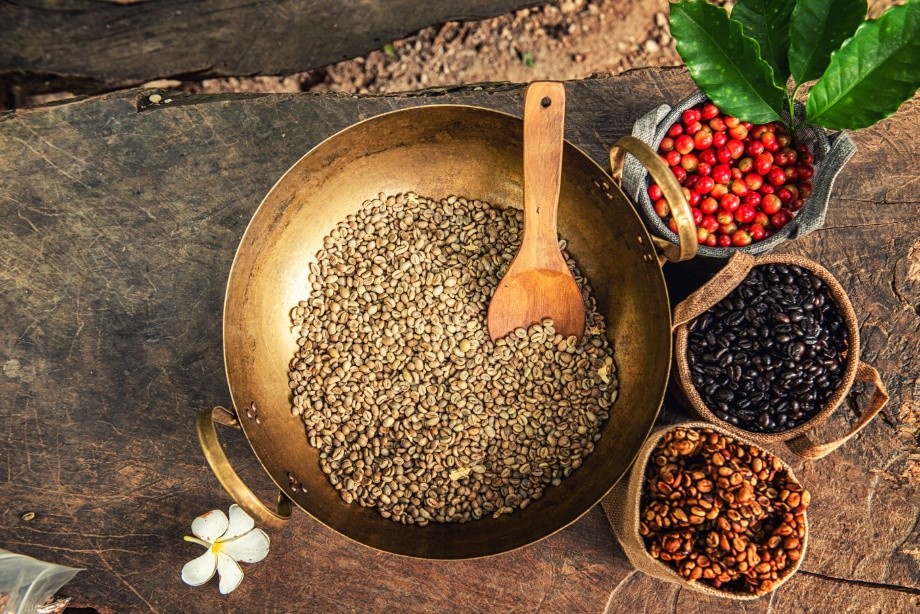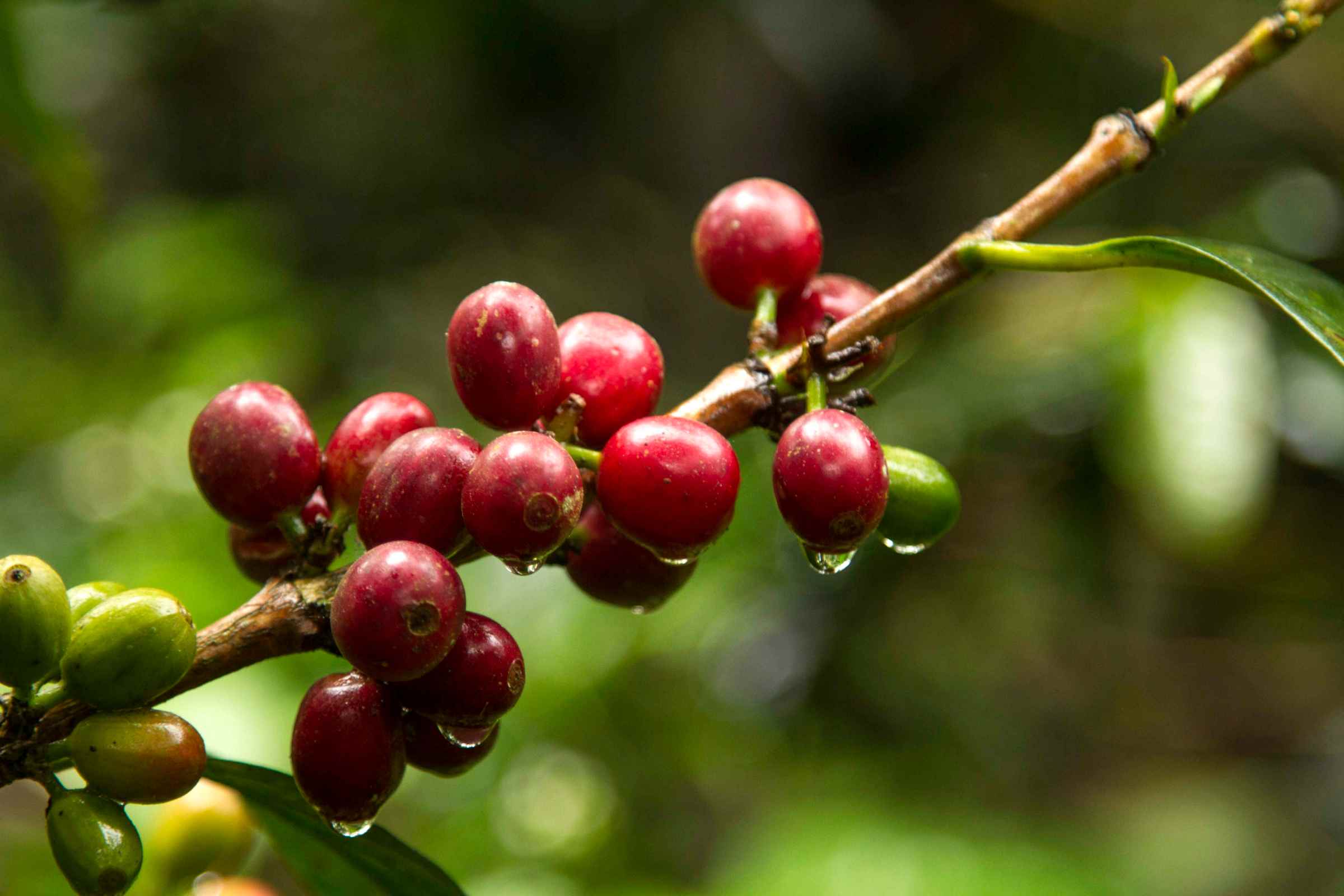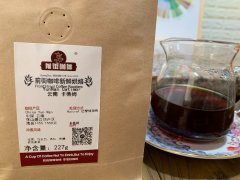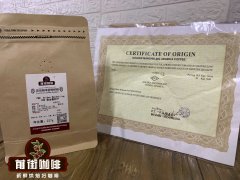Indonesian coffee producing area Indonesian Arabica coffee beans cultivation characteristics and historical development story
Indonesian coffee, grown in volcanic ash, chili peppers and spices, is highly respected for its unique, unmistakable flavor, velvety taste and simple hue. Secret? Position, position, position. Located between the Pacific and Indian oceans, the Republic of Indonesia consists of more than 16000 mountain volcanic islands, including Arabica Coffee, Java, Sumatra and Sulawesi. These islands are located in the coffee bean belt south of the equator, with sea fog, volcanic soil, towering heights and natural ancient forests, making them ideal for growing coffee.

Coffee was first brought to Java in Indonesia in the late 1600s by Dutch settlers who smuggled seeds from Yemen. These pure bourbon seeds flourished on the island, and by the early 1700s, Java began to commercially export Arabica coffee beans.
By the mid-1800s, Dutch colonists established large Arabica plantations2 the Yizhen Plateau in eastern Java and began to grow crops on other Indonesian islands, including Sulawesi, Bali, Timor and Sumatra. At the same time as Dutch coffee expanded, the Portuguese began to grow different varieties of Arabica coffee in East Timor and Flores. Although early coffee production in Indonesia was dominated by large plantations, coffee as a cash crop really flourished in the 1920s, when most of the country's coffee was in the hands of small landowners. In 1945, foreign-owned plantations were nationalized as part of Indonesia's independence from the Netherlands, and small growers were given another boost.

Today, Indonesia is one of the top 10 coffee producers in the world, and more than 90% of the country's coffee is grown naturally by small landowners who own no more than 2.5 acres (1 Hector) of land. Most of these farms still use traditional farming techniques and traditional wet shelling of coffee, called giling basah, which highlights the deep, earthy and rich texture of refined Indonesian coffee. Although these wonderful flavors and complex textures can be seen in all Indonesian Arabica coffee, the flavor of each island also varies slightly.
Important Notice :
前街咖啡 FrontStreet Coffee has moved to new addredd:
FrontStreet Coffee Address: 315,Donghua East Road,GuangZhou
Tel:020 38364473
- Prev

Flavor and taste characteristics of Yunnan washed coffee beans? How did the honey treatment come from?
The coffee we drink comes from the seeds of coffee beans. The coffee processing process involves removing layers on the coffee fruit, such as mucus and parchment, until we get the seeds. Different types of processing involve the removal of fruit layers in different ways and at different times. Natural coffee is a completely dry coffee, that is to say, it is naturally dry. The outer layer, from the epidermis to parchment, dries later.
- Next

Flavor and taste characteristics and history of Java and Sumatra coffee beans in Indonesian coffee island
I believe everyone has drunk Mantenin coffee from Indonesia! So what do you know about the coffee producing areas in Indonesia? Generally speaking, Indonesia is mainly made up of islands. The coffee is also grown on the islands. Today, the editor will give you a brief introduction to the coffee producing area of Indonesia: Flores Island, Bali Island, located in the Little Sunda Islands.
Related
- Detailed explanation of Jadeite planting Land in Panamanian Jadeite Manor introduction to the grading system of Jadeite competitive bidding, Red bid, Green bid and Rose Summer
- Story of Coffee planting in Brenka region of Costa Rica Stonehenge Manor anaerobic heavy honey treatment of flavor mouth
- What's on the barrel of Blue Mountain Coffee beans?
- Can American coffee also pull flowers? How to use hot American style to pull out a good-looking pattern?
- Can you make a cold extract with coffee beans? What is the right proportion for cold-extracted coffee formula?
- Indonesian PWN Gold Mandrine Coffee Origin Features Flavor How to Chong? Mandolin coffee is American.
- A brief introduction to the flavor characteristics of Brazilian yellow bourbon coffee beans
- What is the effect of different water quality on the flavor of cold-extracted coffee? What kind of water is best for brewing coffee?
- Why do you think of Rose Summer whenever you mention Panamanian coffee?
- Introduction to the characteristics of authentic blue mountain coffee bean producing areas? What is the CIB Coffee Authority in Jamaica?

